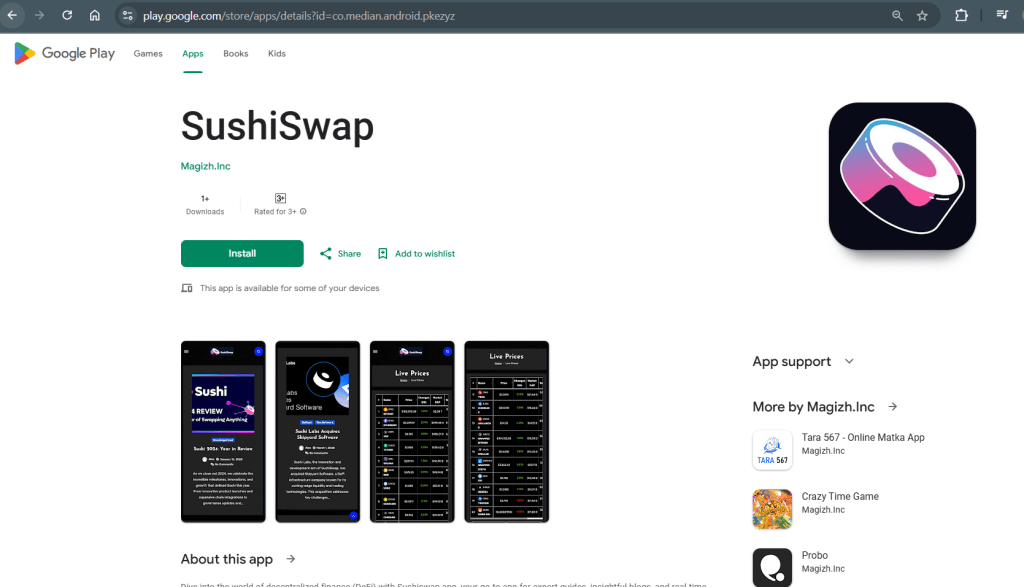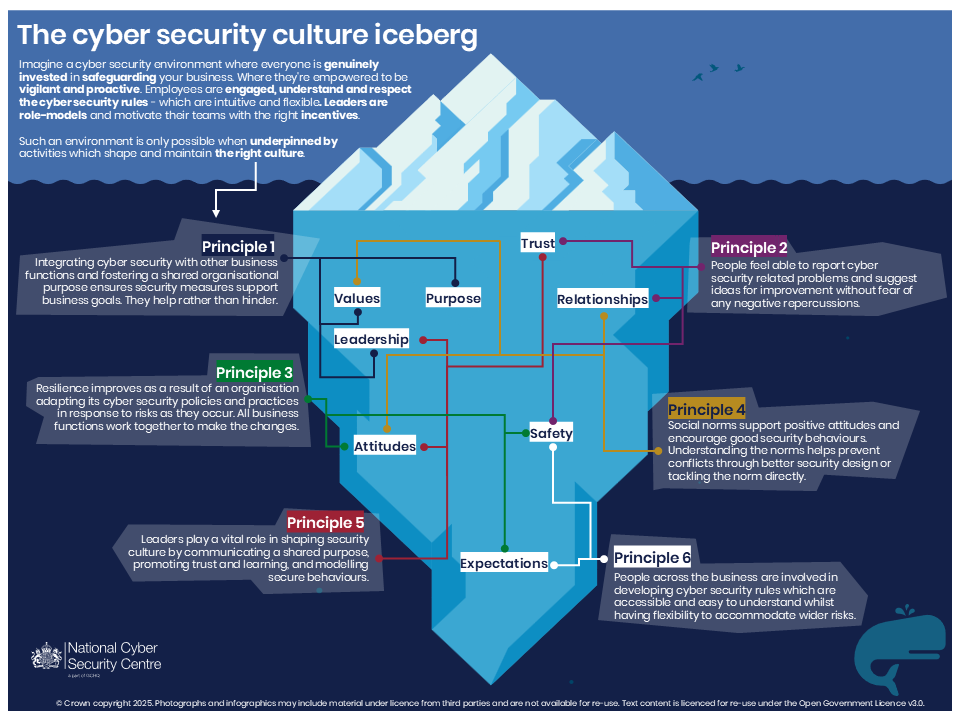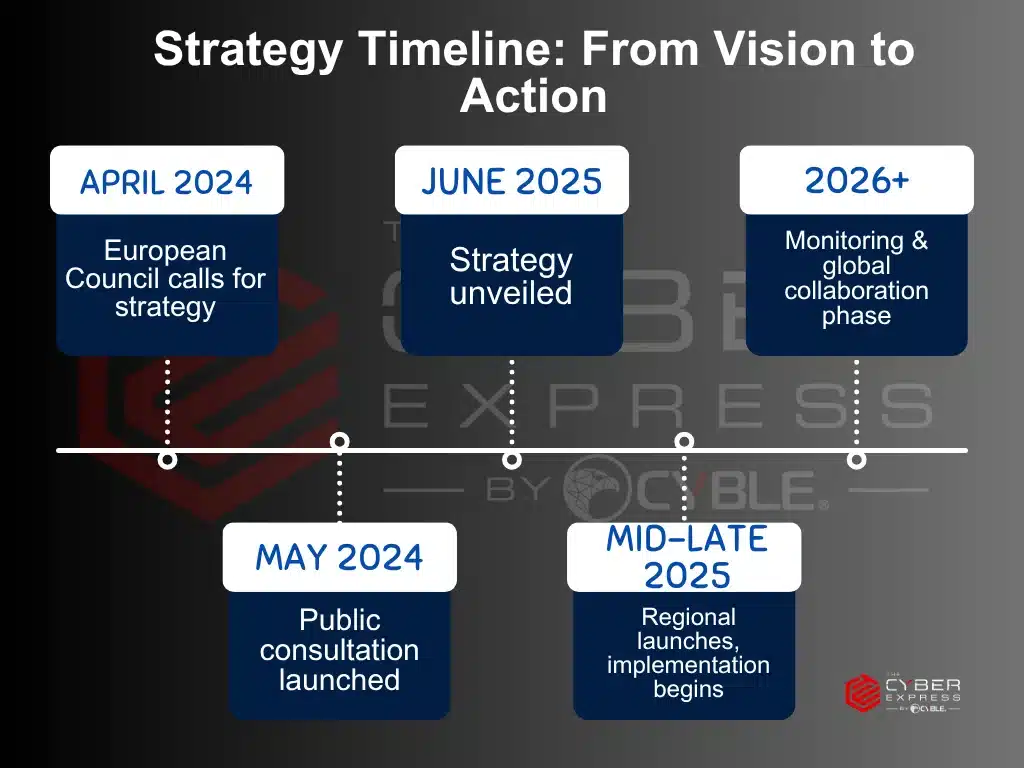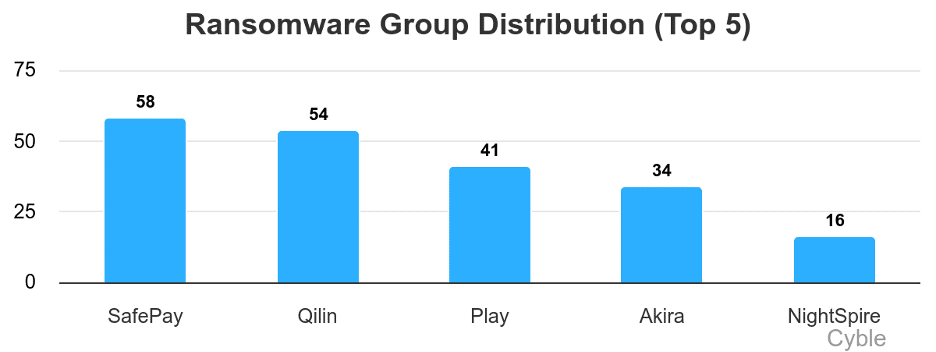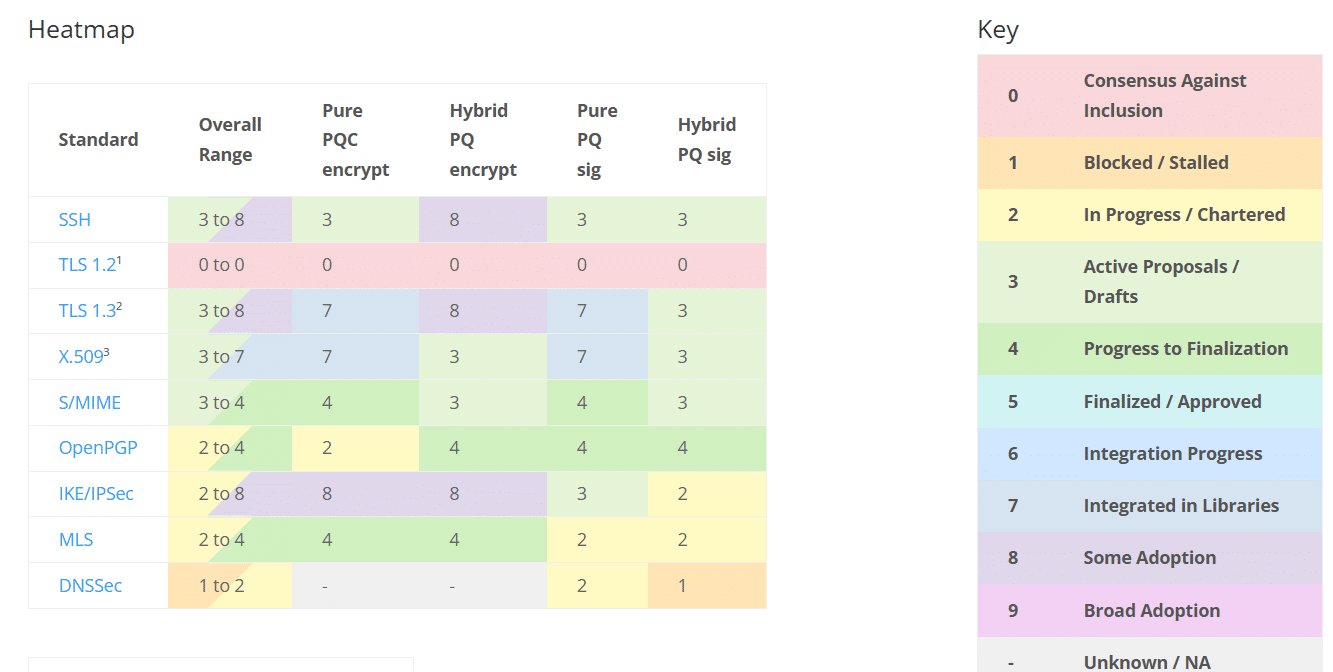DDoS remains popular large-scale cyber attack mode in 2022
DDoS remains the most popular form of large-scale cyber attack in 2022. If we read the indications well, the situation will not change in 2023 either.
Hackers often use malware-infected computers connected to the internet to send a large number of requests in an attempt to overwhelm and crash a victim’s website. This is similar to how Ticketmaster might become overwhelmed and shut down if a large number of people try to purchase tickets at once.
A DDoS attack occurs when cybercriminals use compromised computers, smart phones, and Internet of Things (IoT) devices to flood a website with fake traffic.
In addition to being more frequent, the size of the attacks in 2022 was larger than in 2021, with the largest attack in 2022 being 4.5 times larger than the biggest attack in 2021, reported Imperva
DDoS: The numbers speak for itself
Distributed denial of service (DDoS) attacks have been on the rise since 2021, with both the volume and frequency increasing. Layer 7 DDoS attacks with at least 500,000 requests per second (RPS) saw an 81% increase in the past year.
According to the Imperva DDoS Threat Landscape Report, application layer DDoS attacks grew by three times between Q1 and Q2 of 2022, highlighting the rapid increase in DDoS attacks. The attack vector that was used extensively in 2022 and predicted that it will grow in the coming year.
There were around 202 large-volume Distributed denial of service (DDoS) attacks each month in 2021. However, this year, the average reached 4 large-volume DDoS attacks each month marking an 81% increase. Several servers suffered layer 7 DDoS attacks that sent over 500,000 requests per second (RPS).
The size, volume, and frequency of DDoS attacks reached a new high this year with the biggest incident surpassing 4.5X as compared to the ones the previous year. Moreover, attacks increased 3 times in Q2 of 2022 as compared to Q1. Although large-volume DDoS attacks were found to be taking 1% of all attacks, the majority of the low-volume incidents sent nearly 240,000 RPS to targeted servers.
In comparison to 2022, the DDoS attacks in 2021 were found to be nearly 1 million RPS while it was 1.45 million RPS in 2022 comprising of large volume attacks. 10 million RPS were found in an attack in 2021. The war between Russia and Ukraine has been one of the major reasons for a hike in DDoS attacks with Ukraine receiving a staggering 660% increase in attacks this year.
The impact of DDoS attacks on organizations
Receiving an overwhelming amount of traffic or data on the servers using botnets can render them more vulnerable to further attacks, slow down their functioning, or completely disrupt it leaving its users and consumers with no access until it is handled by an expert. Hackers may demand an amount in return for stopping the traffic.
Pipelining and multiplexing have been used to give instructions to the system and send a large volume of traffic to networks at the same time to increase the damage. Kaspersky highlighted in its post that one in five attacks may last over a week leaving a company helpless, especially those that provide online facilities such as online shopping, delivery, or news site.
Another research by Akamai stated that DDoS attacks increase by over 220% in Europe, the Middle East, and Africa (EMEA) since 2021. Nearly 50% of attacks were directed toward Europe.
 (Source:Akamai)
(Source:Akamai)
The United States of America has been the biggest target of attacks in 2021 and 2022. Such attacks have taken down government websites, financial institutes, computing, telecommunications, and automotive industries. Other industries were food and beverage which suffered 5.8% of the attacks, education with 7.5%, entertainment with 4.3%, and retail with 4.2% of attacks.

DDoS attacks by industries (Source: Imperva)
Researchers are expecting a rise in similar large volume attacks and are asking companies to brace themselves with adequate cloud security measures to guard against it. Several strategies can be employed to prevent DDoS attacks such as using anti-spam tools, solutions to filter content, VPN, and adjusting firewalls to fight SYN flood.
DDoS attacks rise, so does defence
An international crackdown against DDoS service providers resulted in the shutdown of approximately 50 of the world’s largest booter services, which allow users to launch devastating DDoS attacks against vital online infrastructure.
“Known as Operation Power Off, this operation saw law enforcement in the United States, the United Kingdom, the Netherlands, Poland and Germany take action against these types of attacks which can paralyse the internet,” said the Interpol announcement on December 15.
“The services seized were by far the most popular DDoS booter services on the market, receiving top billing on search engines. One such service taken down had been used to carry out over 30 million attacks.”

